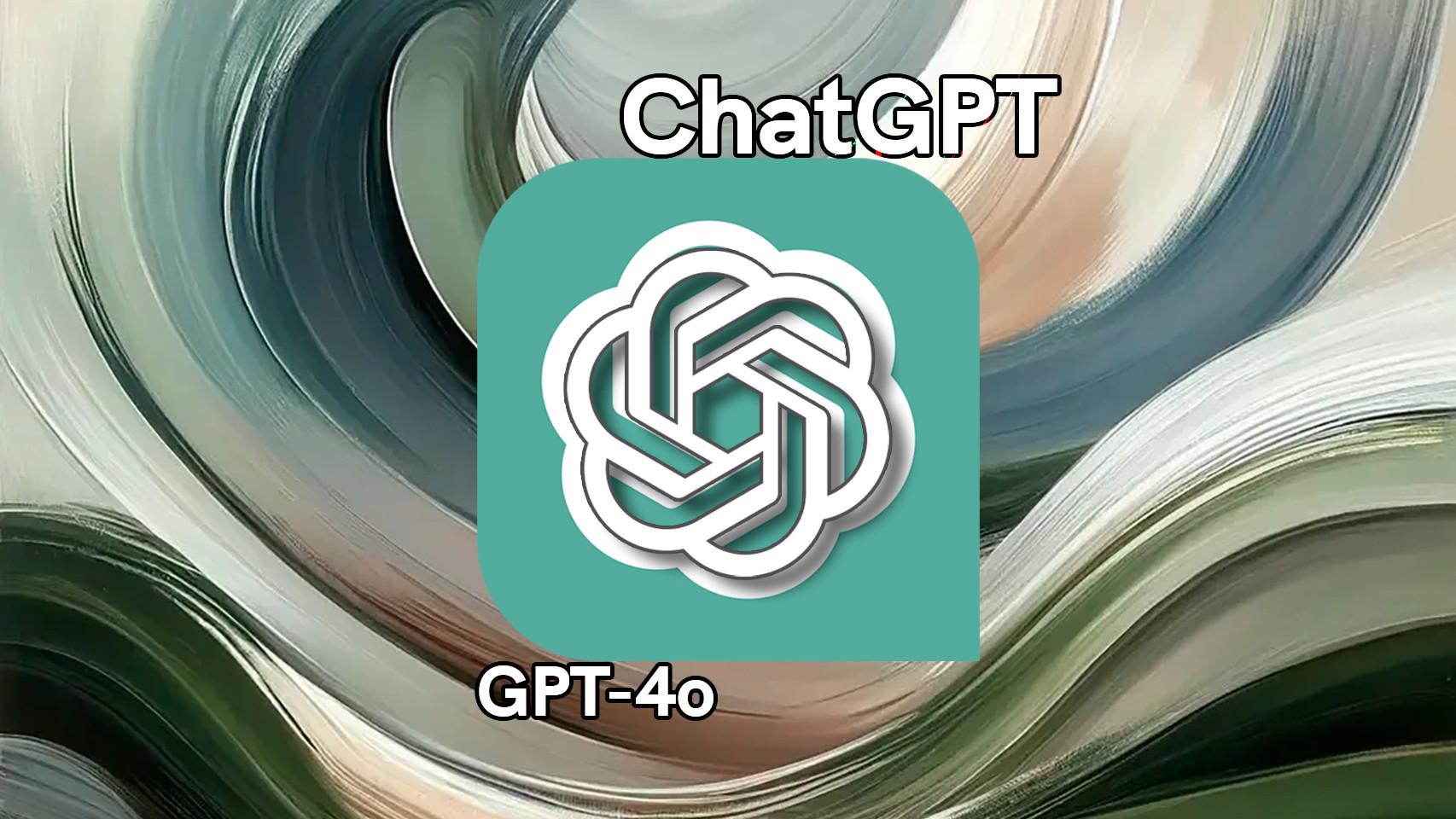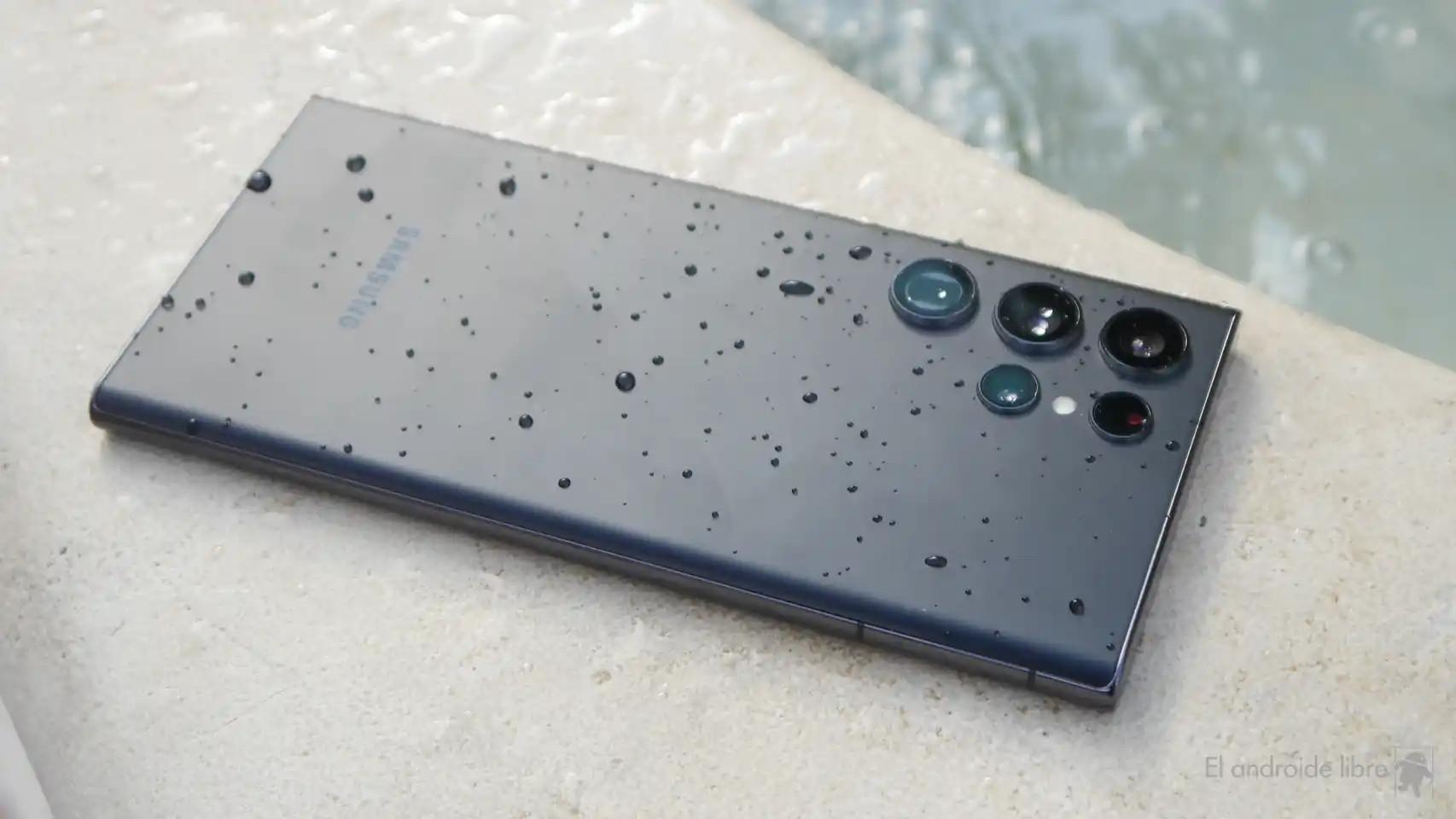15 years ago I swapped my Samsung Galaxy for an iPhone 3G and for a few generations of bitten Apple phones have been in my pocket (change of terminal every two years). Two months ago I inaugurated my scene at Xataka Android and Xataka Móvil and with it came a OnePlus 9 that I drive daily. Android has improved a lot since then (in fact, I clearly know what phone I would have if I personally switched to this OS), I’m still missing some features from my personal iPhone.
some premises. It’s not that I lived outside the Android ecosystem, although working in technology requires being up to date, a good part of my environment uses Android and as a techie that I am, I am their first resource facing problems. But It’s one thing to touch Android once in a while and another to do it daily as it is today.
Fewer typos
Yes, the iPhone changes the range for Olaya, but I felt a little boomer have to type on my android phone. In fact, I’m even trying to install keyboard apps to try to fix it. My feeling is that it’s easier to make mistakes with the default keyboard, I feel it’s less responsive and the keys are smaller and more uncomfortable.
I write a lot on my phones and I do it fast and well, that’s why I was surprised the difference in experience offered by one and the other. Moreover, when you make a mistake on the iPhone, the correction is quick and nimble.

A more agile multi-device workflow
If you allow me the joke (my apologies, it may not be the most sensitive in the world): “you come out of drugs, not the Apple ecosystem”. We start with an iPhone, we itch with the clock, when it comes time to renew a computer, we opt for a Mac and there is no turning back: understanding between devices, multi-device tools and similar interfaces help make workflows are comfortable, fast and intuitive.
Something as simple as copying a URL from my Android phone’s browser and immediately passing it to my Mac’s browser becomes a much longer operation. Here there is obviously a substantial advantage of Apple: it makes watches, phones, computers, tablets… something that few tech companies can say, but it is that Cupertino also develops the software (Samsung and Xiaomi have an even more extensive hardware catalog, but their own operating system is missing). The handset is a win-win that benefits the user who does not want to complicate.
Some of these tools that make sense are iCloud, iMessage or FaceTime, but also Continuity or the universal clipboard. Meanwhile, Google has some good tools that can compete, but not as completely, not as intuitive, or as well-understood between multi-brand devices. Moreover, in some cases, they are not even installed.
Where are my accessories?
My personal phone is an iPhone 13 Pro from two years ago and if I go to Amazon and look for a case, I’ll find a huge selection of all sorts of prices and brands. My OnePlus 9 is from March 2021 (six months earlier, ok) and to find something as essential as a case I had to search my life by going to a physical store in La Casa de las Carcasas . The cover is a basic accessory, but if you want look for other more elaborate accessories the operation becomes directly impossible
There are almost no accessories for Android. Let me explain, there are really a lot of them, but the thing is that there are a large number of models and brands on Android and a good bunch of them are released every month, so either you have a popular phone and/or you take advantage of it during the launch to stock up on a good assortment of cases, tempered glasses, glasses…

OnePlus 9 Harry Potter case. Source: The House of Carcasses
Do more in fewer steps
One of Android’s great strengths has always been and remains customization: more options, a larger app store, the ability to download and install third-party apps… and that’s fantastic. But it has a B side: more options usually means a denser interface.
Here we must highlight the good work of Google of Android 12 in general and in my case of OnePlus and its OxygenOS, but I still have this feeling of a baroque screen. For customization and DIY, it’s great, but On a daily basis and for the majority of users, simplicity is a plus.
Of course, as long as you’re not a very tech-savvy person and are switching from one Android to another (e.g. from a POCO X3 Pro to a OnePlus Nord 2), there’s going to be a learning curve. important. Lack of consistency between Android layers and builders. As a result, tasks that used to be done quickly now require more reading time and more intermediate steps.
True to date with updates
When Apple releases an update, you know it’s going to be there. on that red balloon in the Settings gear icon. Plus, you know that barring a major emergency, you’re likely to have an appointment with your iPhone on Tuesdays. Android is an open project that allows manufacturers to create their own layers on top of Google’s operating system: MIUI from Xiaomi, One UI from Samsung, EMUI from Honor/Huawei, Oxygen OS from OnePlus…
Again, customization comes out like poison candy, because when Google prepares a new version, it is up to the manufacturers to adapt it (if they wish) to launch it when the time comes. When? Who knows. Maybe tomorrow. Or in a month. Or never.
Luckily for Android users, it’s pulling itself together, and manufacturers like Google, Samsung, OPPO, or Xiaomi have already committed to three or more years of updates. but in small print: not to all models (usually limited to high-end or mid-range) and you won’t see the update immediately when news of a new version reaches you. As an iOS user for years and a tech journalist, it’s strange for me to talk about something new and have to find the chestnuts to try it because it doesn’t reach my device. A bit like the case of Android Auto and Coolwalk: some arrive and others do not.
Table of Contents










